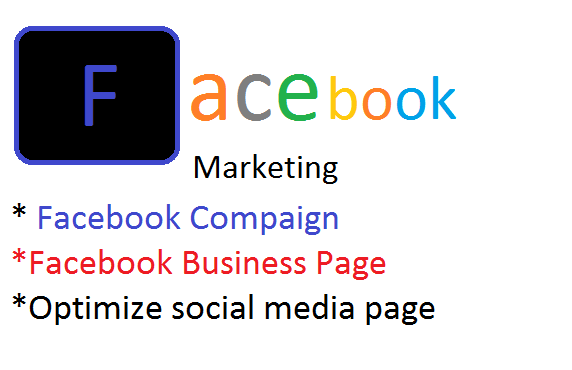
Stores on free trials are crawled and indexed. Read the Bing Webmaster Tools Getting Started Checklist to learn more. Open a free Bing Webmaster account by going to the sign-up page, then add and verify your website. Once added, you’ll show up in the search engine. Bing Webmaster Tools is a free Microsoft service that lets you add your store to the Bing crawler. Bing is the second largest search engine in the United States. Set up Bing Webmaster toolsĬreate a Bing Webmaster Tools account. Learn to verify your domain to use Google services. This makes sure you are the correct owner of your Shopify store before they provide services for you.

Third-party services like Google Webmaster require you to verify your domain.

If you are alerted about any errors, work to fix them immediately. A crawling error happens when a bot tries to reach a specific page (or site) but fails. Search engines index websites through bots that “crawl” a website and its pages. If you’re curious, Shopify store owners can access their sitemaps through [Use Google Webmaster Tools to check for any crawling errors.

A sitemap tells Google and other search engines about the organization of your site. All Shopify stores automatically generate a sitemap file, which lists your website’s individual pages. Submit your sitemap to Google through your Webmaster Tools account you just created. Learn to set this up by reading Setting up Google Analytics in the Shopify Help Center. You can also enable enhanced ecommerce tracking, which provides more information about visitor behavior. You can enable basic ecommerce tracking, which only tracks transaction and revenue data.

Then, turn on ecommerce tracking in your Google Analytics account. Start by creating a Universal Analytics property. Next, you’ll want to connect Google Analytics to your Shopify Store. Head to Google Analytics and click "Start for free." Follow the instructions to set up a property and set up a tracking code so Google can collect your website data.Ĭreate a Universal Analytics property.


 0 kommentar(er)
0 kommentar(er)
